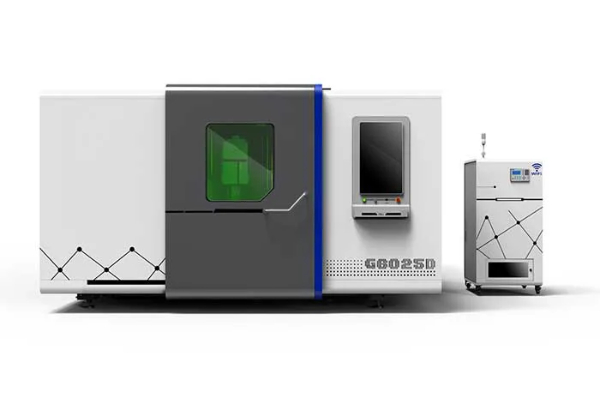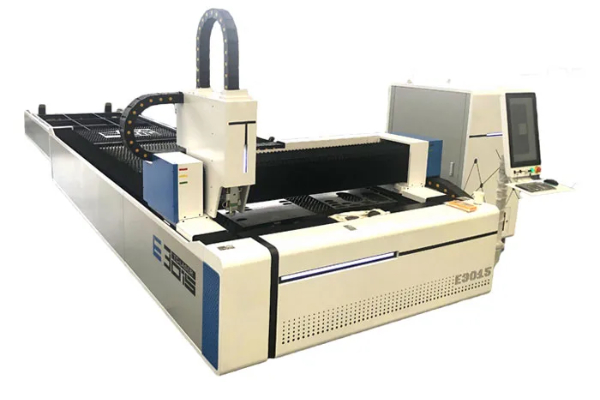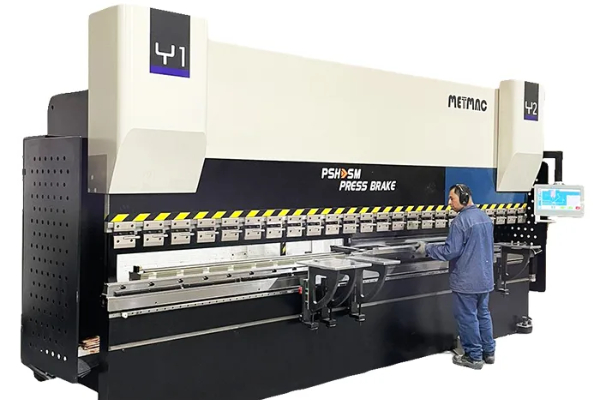
Comparing Different Types of Sheet Metal Rolling Machines
- By:Metmac
- 2024-07-31
- 140
Sheet metal rolling machines are essential equipment for shaping and forming sheet metal into various shapes and sizes. They are widely used in various industries, including automotive, aerospace, construction, and fabrication. Choosing the right type of rolling machine for your specific application is crucial to ensure efficient and precise results. In this article, we will delve into the different types of sheet metal rolling machines, highlighting their key features, applications, and advantages.
Types of Sheet Metal Rolling Machines
There are three main types of sheet metal rolling machines:
Plate Rolling Machines
Plate rolling machines are designed for heavy-duty applications and can handle thick sheet metal plates. They consist of three or four rolls arranged in a pyramid shape. The top roll is powered, while the bottom rolls provide support and bending force. Plate rolling machines are suitable for bending large sheets of metal into cylindrical or conical shapes.
Section Rolling Machines
Section rolling machines are used to form complex shapes and profiles in sheet metal. They employ multiple sets of forming rolls, each with a specific shape or profile. As the sheet metal passes through the rolls, it is gradually formed into the desired shape. Section rolling machines are ideal for producing channels, angles, beams, and other intricate shapes.
Cone Rolling Machines
Cone rolling machines are specifically designed for forming conical shapes in sheet metal. They consist of two conical rolls that rotate in opposite directions. The sheet metal is fed between the rolls and gradually formed into a cone shape. Cone rolling machines are commonly used in the production of tanks, pressure vessels, and other conical structures.
Factors to Consider When Choosing a Rolling Machine
Several factors should be considered when choosing a sheet metal rolling machine:
Material Thickness and Type
The thickness and type of sheet metal you will be working with will determine the capacity and type of rolling machine required.
Bend Radius and Shape
The bend radius and shape you need to achieve will influence the design and configuration of the rolling machine.
Production Volume and Speed
The desired production volume and speed will determine the operating capacity and speed of the rolling machine.
Automation and Controls
The level of automation and controls required will impact the efficiency and accuracy of the rolling process.
Conclusion
Choosing the right sheet metal rolling machine is essential for achieving optimal performance and efficiency. By understanding the different types and capabilities of rolling machines, you can make an informed decision based on your specific requirements. Whether you need to bend thick plates, form complex shapes, or produce conical structures, there is a rolling machine that can meet your needs. With careful consideration of the factors discussed in this article, you can select the ideal rolling machine to enhance your sheet metal fabrication operations.
-
The Advantages of Using a Sheet Roll Forming Machine in Manufacturing
2024/09/14 -
How to Optimize Your Laser Sheet Cutting Machine for Maximum Performance
2024/09/12 -
How to Maximize Efficiency with Modern Sheet Metal Working Machines
2024/09/04 -
The Environmental Benefits of Using Duct Board Grooving Machines
2024/09/03
-
Efficient Sheet Metal Cutting Solutions for Every Application
2025/06/19 -
Advanced Sheet Metal Cutting Solutions with CNC and Plasma Technology
2025/06/19 -
Precision and Efficiency with Electrical Press Brake Machines
2025/06/19 -
High-Performance Sheet Metal Laser Cutting Machines for Precision Fabrication
2025/06/15
-
A Guide to the Latest Innovations in Sheet Metal Folding Machines
2024/11/29 -
Key Features to Consider When Investing in a Sheet Metal Folding Machine
2024/11/28 -
Enhancing Precision with Advanced Sheet Metal Folding Machines
2024/11/27 -
How to Choose the Right Sheet Metal Folding Machine for Your Workshop
2024/11/26



